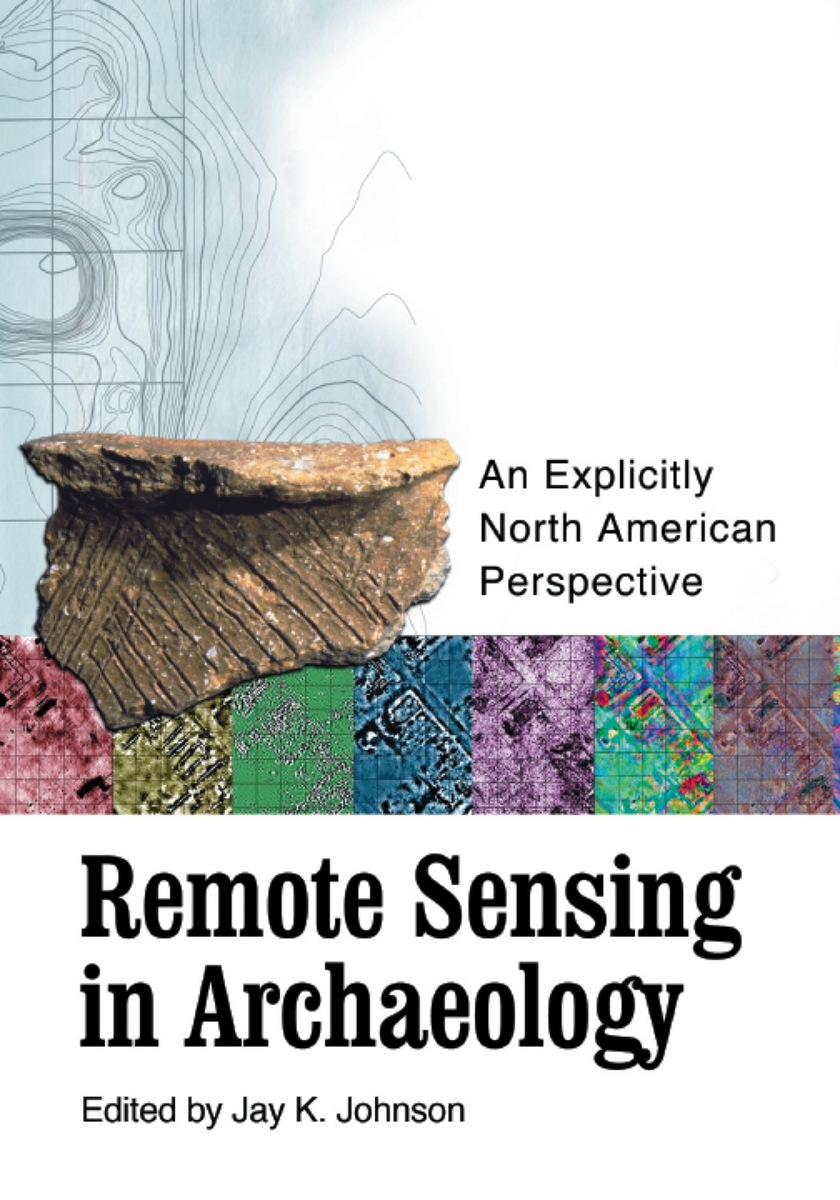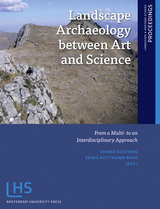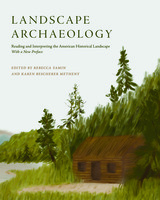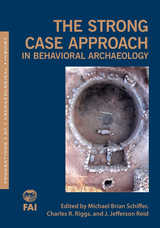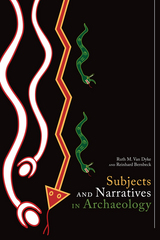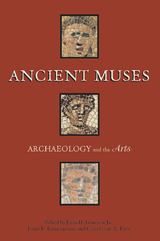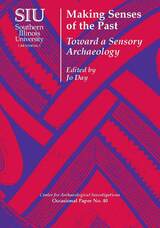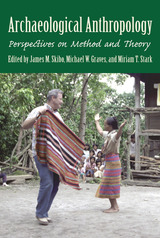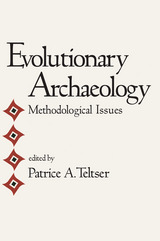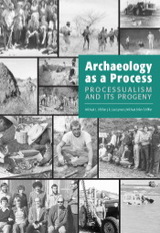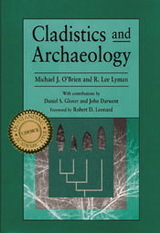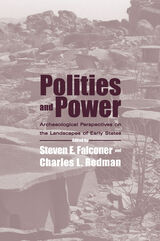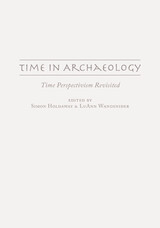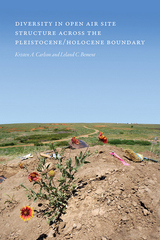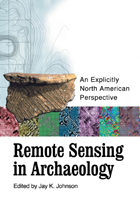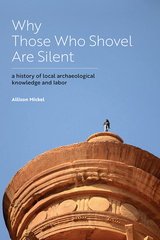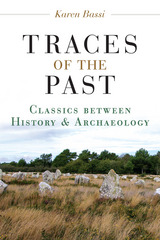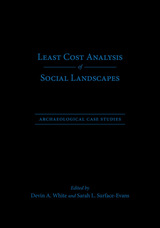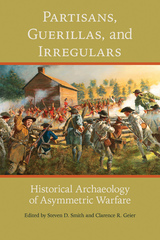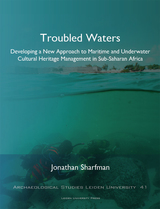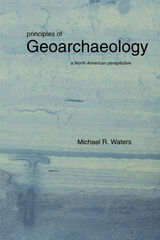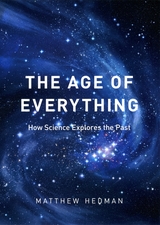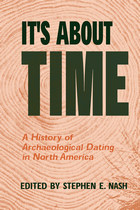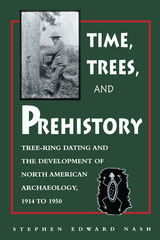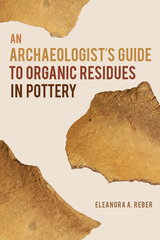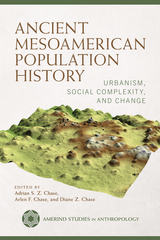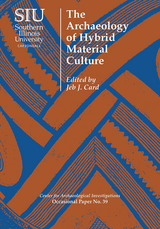Remote Sensing in Archaeology: An Explicitly North American Perspective
University of Alabama Press, 2006
Paper: 978-0-8173-5343-8 | eISBN: 978-0-8173-8091-5
Library of Congress Classification CC76.4.R46 2006
Dewey Decimal Classification 930.1028
Paper: 978-0-8173-5343-8 | eISBN: 978-0-8173-8091-5
Library of Congress Classification CC76.4.R46 2006
Dewey Decimal Classification 930.1028
ABOUT THIS BOOK | AUTHOR BIOGRAPHY | REVIEWS | TOC
ABOUT THIS BOOK
In this volume, eleven archaeologists reveal how the broad application of remote sensing, and especially geophysical techniques, is altering the usual conduct of dirt archaeology. Using case studies that both succeeded and failed, they offer a comprehensive guide to remote sensing techniques on archaeological sites throughout North America. Because this new technology is advancing on a daily basis, the book is accompanied by a CD intended for periodic update that provides additional data and illustrations.
The coming of age of a technology first developed in the 1950s.
All the money spent by the United States space program is not spent looking at the stars. NASA is composed of a vast and varied network of scientists across the academic spectrum involved in research and development programs that have wide application on planet Earth. Several of the leaders in the field of remote sensing and archaeology were recently brought together for a NASA-funded workshop in Biloxi, Mississippi. The workshop was organized specifically to show these archaeologists and cultural resource managers how close we are to being able to “see” under the dirt in order to know where to excavate before ever putting a shovel in the ground. As the book that resulted from this workshop demonstrates, this fantasy is quickly becoming a reality.
In this volume, eleven archaeologists reveal how the broad application of remote sensing, and especially geophysical techniques, is altering the usual conduct of dirt archaeology. Using case studies that both succeeded and failed, they offer a comprehensive guide to remote sensing techniques on archaeological sites throughout North America. Because this new technology is advancing on a daily basis, the book is accompanied by a CD intended for periodic update that provides additional data and illustrations.
with contributions by: R. Berle Clay, Lawrence B. Conyers, Rinita A. Dalan, Marco Giardino, Thomas J. Green, Michael L. Hargrave, Bryan S. Haley, Jay K. Johnson, Kenneth L. Kvamme, J. J. Lockhart, Lewis Somers
See other books on: Dalan, Rinita A. | Haley, Bryan S. | Johnson, Jay K. | Kvamme, Kenneth L. | Remote sensing
See other titles from University of Alabama Press
